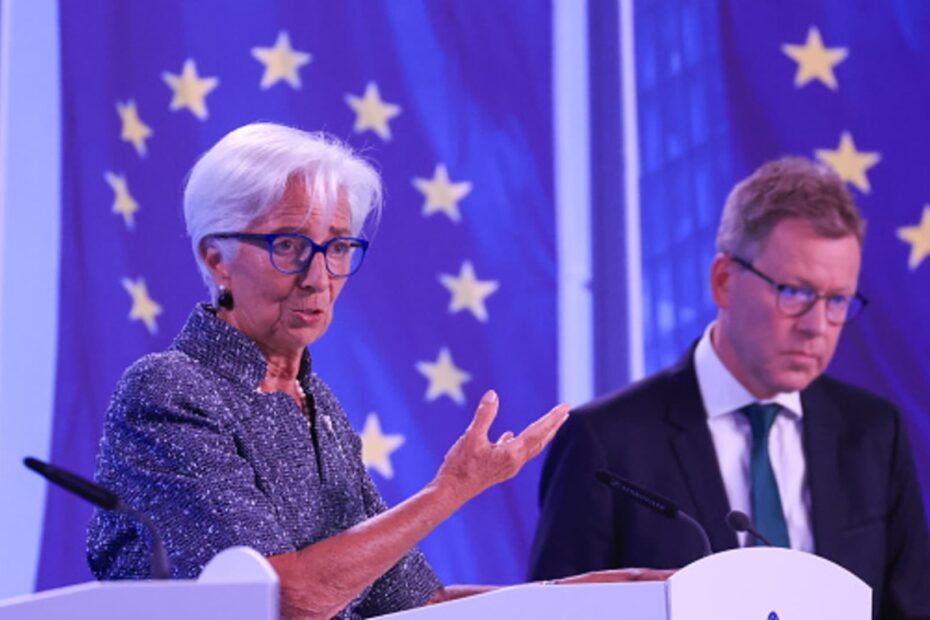The European Central Bank (ECB) is set to make history by announcing its first back-to-back interest rate cut in 13 years. This move comes in response to the ongoing economic challenges facing the Eurozone, including sluggish growth, low inflation, and global trade tensions.
The ECB, which sets monetary policy for the 19 countries that use the euro currency, is expected to cut its key interest rate by 10 basis points to -0.5%. This would mark the first time since 2008 that the central bank has implemented consecutive rate cuts.
The decision to cut interest rates comes as the Eurozone economy continues to face headwinds. Growth in the region has been lackluster, with Germany, the largest economy in the Eurozone, narrowly avoiding a recession earlier this year. Inflation remains below the ECB’s target of close to 2%, and global trade tensions, particularly between the United States and China, are adding further uncertainty to the economic outlook.
In addition to cutting interest rates, the ECB is also expected to announce a package of additional stimulus measures, including restarting its bond-buying program and introducing tiered interest rates to mitigate the impact of negative rates on banks.
The ECB’s decision to cut interest rates and implement additional stimulus measures has not been without controversy. Critics argue that further monetary easing may not be effective in boosting economic growth and could have negative consequences, such as fueling asset bubbles and distorting financial markets.
Despite the potential risks, the ECB appears determined to take action to support the Eurozone economy. ECB President Mario Draghi has emphasized the central bank’s commitment to meeting its mandate of maintaining price stability and supporting economic growth.
The ECB’s decision to cut interest rates for the first time in over a decade reflects the challenging economic environment facing the Eurozone. As policymakers grapple with sluggish growth and low inflation, the central bank’s actions will be closely watched to see if they can provide a much-needed boost to the region’s economy.
